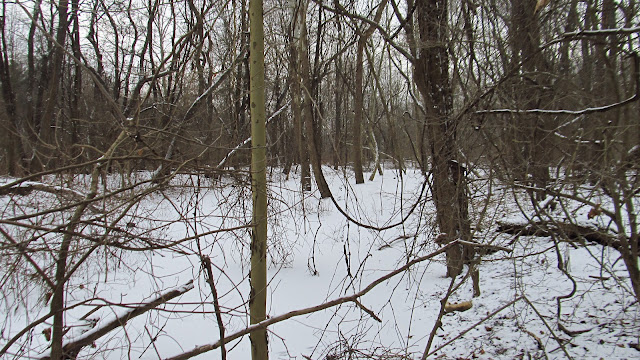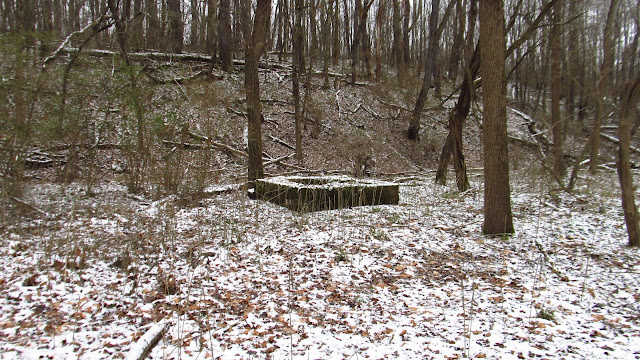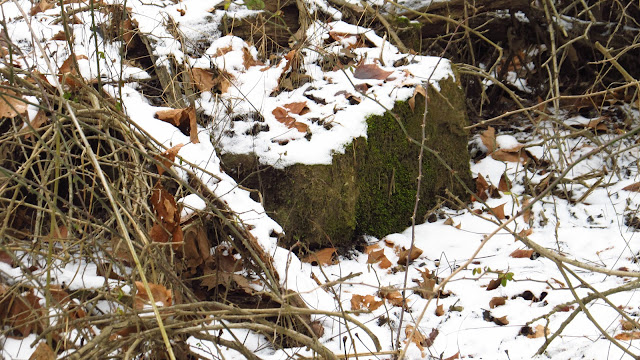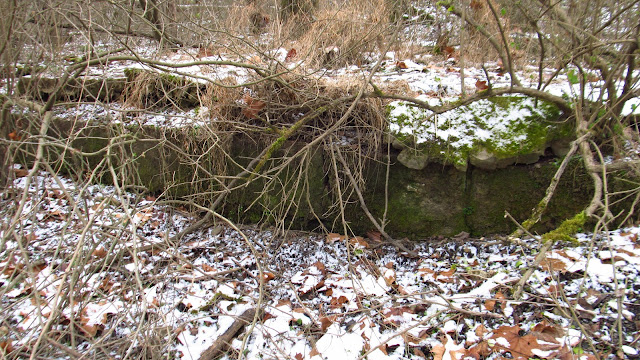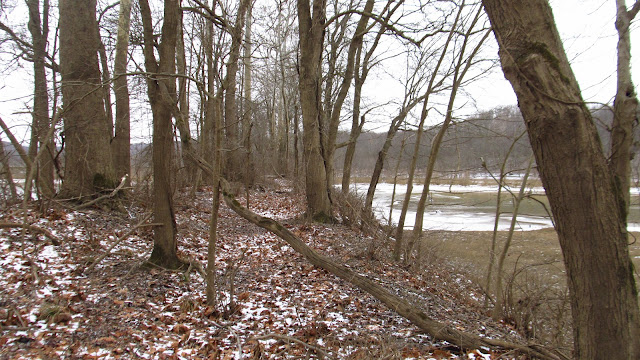Yesterday, a small group of us got together to take another walk through Cokeville. I have been back there many times, but concentrated exclusively on the town itself, the old railroad alignments, and the coke ovens. Today (yesterday will be referred to as today from here on out) we took a walk out there to try and find the remains of the old canal that ran right through the heart of the former town. We found some of the most extant sections of the Western Division of the Pennsylvania Canal that still contain water. This was a great find in itself, but we learned that a large portion of this canal section is inhabited by beavers. Nothing is better than being with some of your favorite people, exploring lost history, and combining it with an element of wildlife which have adapted, and thrived, in an enormous man-made ditch which stretched across the entire state. So few people are even aware of the Pennsylvania Canal, which was one of the greatest transportation achievements in the history of the state, but became obsolete almost immediately after its completion.
The canal predated the dawn of the great Pennsylvania Railroad, which would consume enormous portions of the canal either by filling it in to lay its tracks or by using its towpaths. This makes finding sections of the canal that are still intact rare, let alone portions that still contain water. Fortunately, we can still find both if we know where to look. There is still a very intact, and easily accessible section along the West Penn Trail at White Station, as well as a nice section (sans water) near Conemaugh Dam, but finding a large intact section requires a good deal of research. I know I'm of the opinion that everything should be preserved, but the easy accessibility of this site, along with it being located on government land, would make this a great project to understand and interpret this piece of Pennsylvania history.
Obviously, we walked up to the coke ovens too...
 |
Down in Cokeville along the river. These are the piers for the bridge that connected this town and Blairsville. This road alignment was an early alignment of Route 217 which connected Derry and Blairsville. More information on Cokeville and my earlier trips to town can be found here and also here. |
 |
These photos are of the beaver evidence that we found along the old canal. |
 |
Toward the center of the photo you can easily see the this iced over section of canal. |
 |
Cliff examining beaver evidence along the banks of the canal. |
 |
A nice intact section of canal. |
 |
More beaver work. |
 |
More canal. |
 |
Piers from the old Western Pennsylvania Railroad dating back to ca. 1863. |
 |
Another mason mark on one of the enormous cut stones. |
 |
Looking down from the old railroad grade. |
 |
Some of the remaining ovens from the Isabella Coke Works circa 1872. |
 |
I am standing on the Cokeville Spur of the Western Pennsylvania Railroad, later Pennsylvania Railroad. To the immediate left is the coke pier and beyond that are the ovens and coke yard. |
 |
Brother Lou checking out the ovens. |
 |
Mary Jane and I discovered this tree during one of our previous trips here. It's still the same. The bottom of this fallen tree contains the entire floor of one of the coke ovens. |
 |
A few more of the remaining ovens. |
 |
These photos were taken from the field behind Torrance State Hospital. |
 |
Old bridge crossing McGee Run which led into the town of Cokeville. |


